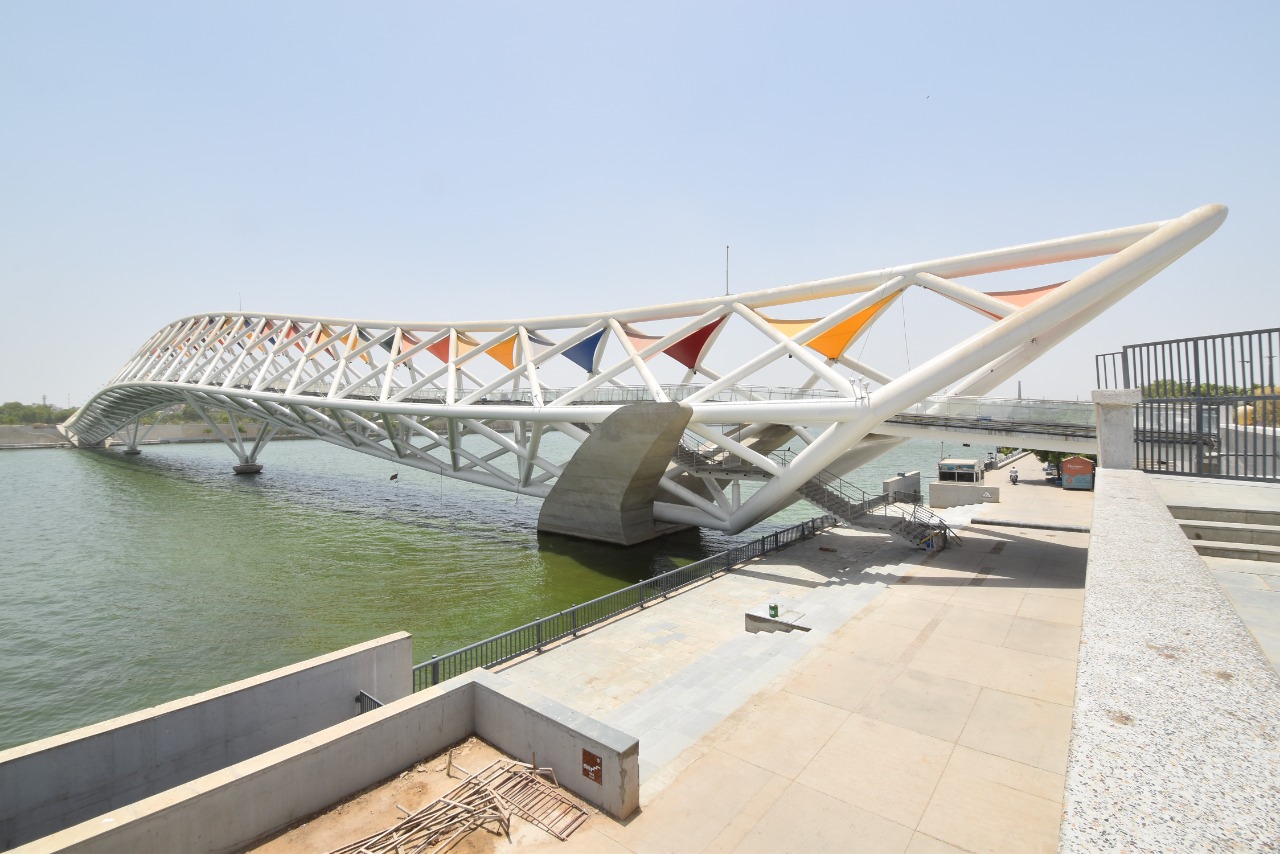
Pachmarhi, often referred to as the "Queen of Satpura," derives its name from the Hindi words Panch meaning "five" and Marhi meaning "caves." These five ancient hilltop caves are believed to have been carved by the Pandava brothers during their exile in the Mahabharata era.
Historically, the region was under the Bhonsle Kingdom and later came under Maratha rule in the 18th century. In the 19th century, it became part of the Gondi Kingdom ruled by Bhagvat Singh, although no permanent settlement existed at the time.
The modern development of Pachmarhi began in 1857 when Captain James Forsyth of the British Army and Subhedar Major Nathoo Ramji Powar discovered the plateau while en route to Jhansi. It quickly evolved into a hill station and a sanatorium for British troops, with Powar appointed as the Kotwal. By 1901, Pachmarhi had a permanent population of around 3,020, which doubled in summer, serving as the summer capital of the Central Provinces.
In recognition of its rich biodiversity, UNESCO designated the Pachmarhi region as a Biosphere Reserve in May 2009. Spanning an area of 4,981.72 square kilometers, the reserve lies between latitudes 22°11’ to 22°50’N and longitudes 77°47’ to 78°52’E, covering parts of Hoshangabad (59.55%), Chhindwara (29.19%), and Betul (11.26%) districts. The Pachmarhi Biosphere Reserve also includes three key conservation areas: Bori Sanctuary Satpura National Park and Pachmarhi Sanctuary.
Itinerary PDF not available.
Duration 3Days - 2Night
Difficulty Easy
Best season Monsoon
Region Madhya Pradesh, India

Day 0: DEPARTURE FROM AHMEDABAD
----
Day 1:
**AC TRAIN TICKET CHARGES 1500/- RS EXTRA PER PERSON
INCLUSIONS:-
EXCLUSIONS:-
⚠ Important Guidelines
KINDLY NOTE:-
Discover more amazing adventures